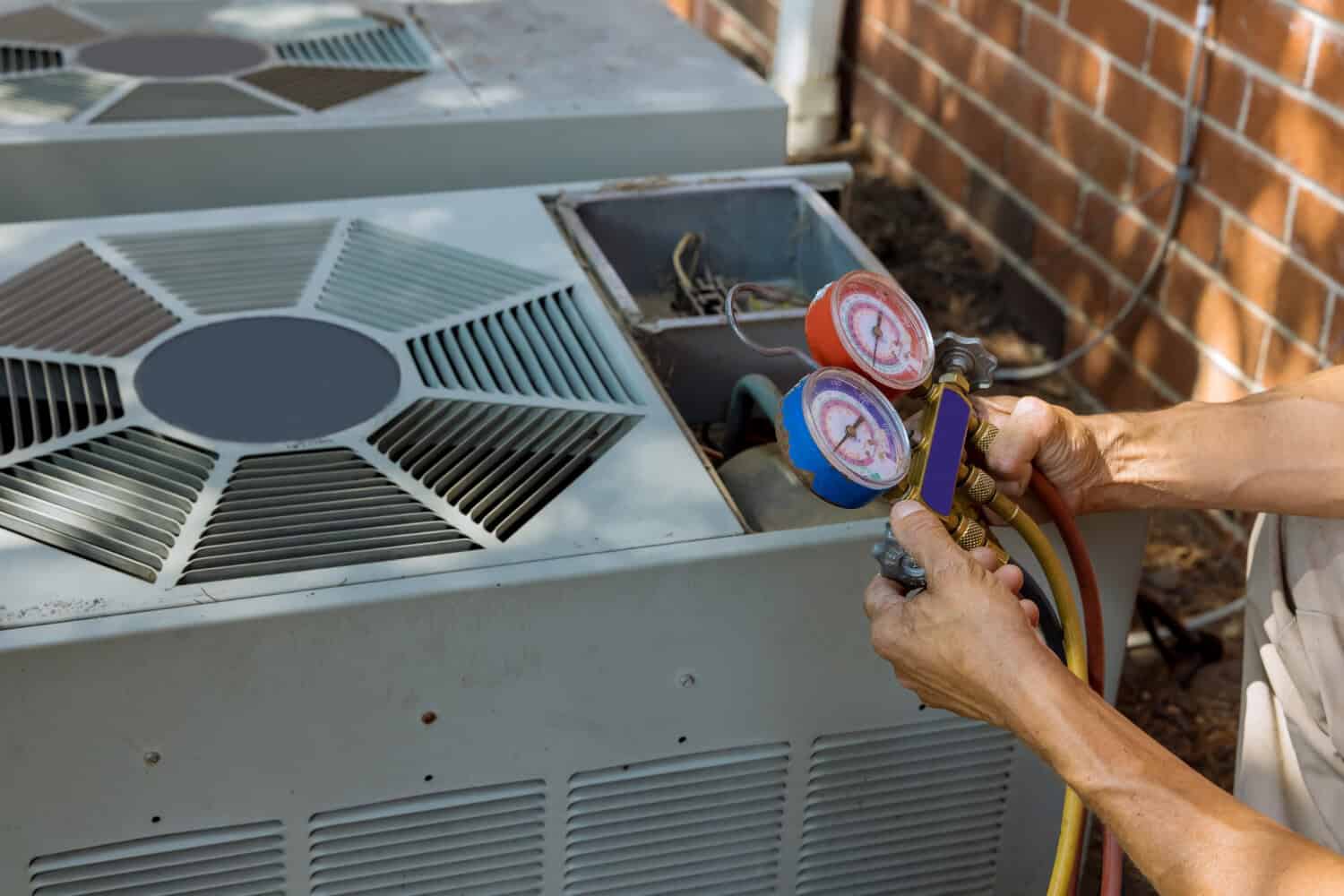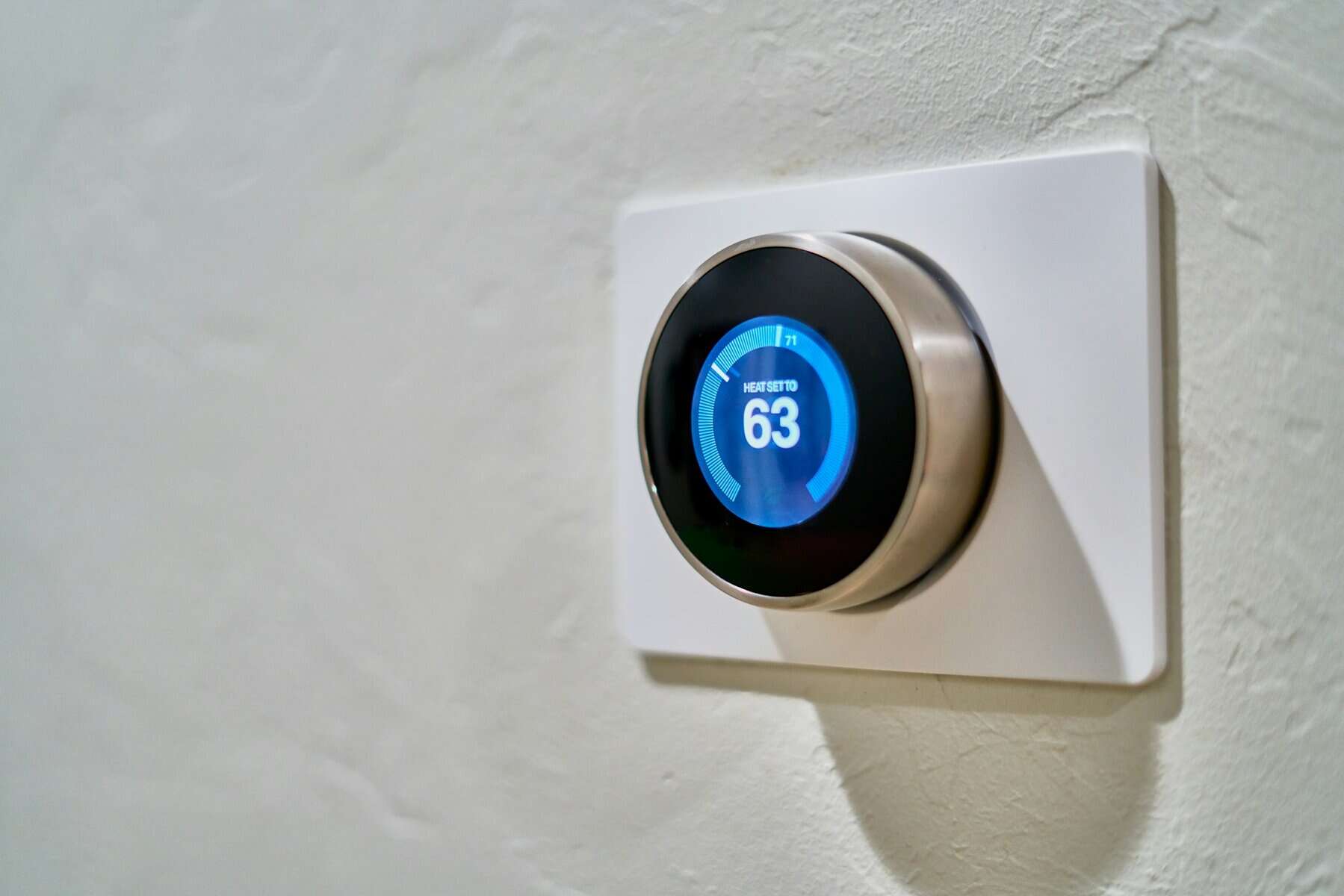A water heater is one of those household appliances you don’t think about much until something goes wrong. But like all appliances, it has a limited lifespan. Ignoring the warning signs of a failing water heater can lead to unexpected cold showers, higher energy bills, and even water damage. Knowing when it’s time to replace your water heater can save you from these headaches and ensure a steady supply of hot water.
There are several telltale signs that your water heater might be on its last legs. Recognizing these signs early can help you decide when to replace it before it completely breaks down. Whether it’s unusual noises, inconsistent water temperatures, or even leaks, these issues shouldn’t be ignored.
In this article, we will explore the common signs that your water heater is failing, issues that indicate it might be time for a replacement, the benefits of upgrading, and how to choose the right water heater for your home. Understanding these factors will help you make an informed decision, keep your household running smoothly, and avoid costly repairs.
Signs Your Water Heater Is Failing
Several signs can indicate that your water heater is beginning to fail. The first thing to watch for is inconsistent water temperature. If your water takes longer than usual to get hot or doesn’t stay hot for long, it could be a sign that your heater is struggling. Internal components might be wearing out, making it difficult for the unit to maintain the desired temperature.
Another common sign is strange noises. If you hear popping, rumbling, or banging sounds when your water heater is running, it could mean there’s a buildup of sediment inside the tank. This sediment can harden over time and cause the heater to work harder, leading to inefficiency and eventual failure.
Leaks are another red flag. Any sign of water pooling around the base of your water heater is cause for concern. Leaks can signal anything from minor issues like loose connections to major problems like a corroded tank. If you notice any water leakage, it’s important to address it promptly to avoid potential water damage and further complications.
Common Issues That Indicate Replacement
When considering whether to repair or replace your water heater, certain issues indicate that replacement is the best option. One such issue is age. Most water heaters have a lifespan of 8-12 years. If yours is nearing or surpassing this range, it’s likely time to start looking for a new one, even if it seems to be working fine.
Frequent repairs are another significant indicator. If you’re calling a plumber more often than you’d like to fix recurring problems, the costs can quickly add up. At some point, replacing the unit entirely becomes a more cost-effective and hassle-free solution compared to constant repairs.
Rusty water coming from your faucets is a severe warning sign. This indicates that the inside of your heater tank is corroding. While the exterior might look fine, a rusty tank can lead to leaks or tank failure if not addressed. Rusty water has a telltale metallic taste and reddish color, so it’s hard to miss.
High energy bills can also signal that your water heater isn’t working efficiently. As heaters age and internal parts wear out, they use more energy to heat the same amount of water. If you notice a spike in your energy costs without a change in water usage, your heater could be at fault.
By recognizing these common issues, you can make an informed decision about when to replace your water heater, ensuring your home continues to have a reliable supply of hot water.
Benefits of Upgrading to a New Water Heater
Upgrading to a new water heater comes with several benefits that can improve your home’s comfort and efficiency. One of the main advantages is improved energy efficiency. Modern water heaters are designed to use less energy while providing the same or even higher levels of performance. This increased efficiency can save you money on your energy bills each month.
Another benefit is reliability. New water heaters are less likely to break down, which means fewer cold showers and unexpected repair costs. They also come with updated technology and features, such as better insulation and temperature controls, which can provide a more consistent and reliable supply of hot water.
Safety is another crucial factor. Older water heaters can pose safety risks, such as leaks or even explosions in extreme cases. New water heaters come with advanced safety features, reducing these risks and giving you peace of mind.
Additionally, many new water heaters offer longer warranties, giving you added protection and assurance that your investment is covered.
Choosing the Right Water Heater for Your Home
Selecting the right water heater involves considering several factors to ensure it meets your needs. First, think about the type of water heater that suits your home best. Traditional tank water heaters store a large amount of hot water, making them ideal for households with higher hot water demands. On the other hand, tankless water heaters heat water on demand and can save space while offering energy efficiency.
Next, consider the size of the water heater. The size you need depends on your household’s hot water usage. A family of four, for example, will require a larger capacity tank compared to a single person or a couple. For tankless models, look at the flow rate to ensure it can handle your peak hot water needs.
Energy efficiency ratings should also be on your checklist. Look for water heaters with the ENERGY STAR label or other efficiency ratings that indicate lower energy consumption. This will not only save you money on energy bills but also reduce your carbon footprint.
Finally, consider your budget. While high-efficiency models may have a higher upfront cost, they can save money in the long run through lower energy bills and potential rebates or incentives.
Final Thoughts
Knowing when it’s time to replace your water heater is crucial for maintaining a comfortable and efficient home. Recognizing the signs of a failing unit, understanding common issues that indicate it’s time for a replacement, and learning about the benefits of upgrading can help you make an informed decision. Additionally, choosing the right water heater involves considering factors like type, size, energy efficiency, and budget to fit your specific needs.
Making a well-informed choice will ensure you have a reliable and efficient source of hot water, improving your household’s comfort and reducing potential headaches.
If you suspect your water heater is on its last legs or if you’re ready to upgrade, don’t wait. Contact My Jockey for expert advice and professional water heater installation services. Serving Saratoga Springs and The Capital Region, NY, we ensure you have the best water heater for your home. Call us today to schedule an appointment and keep your hot water flowing smoothly!










